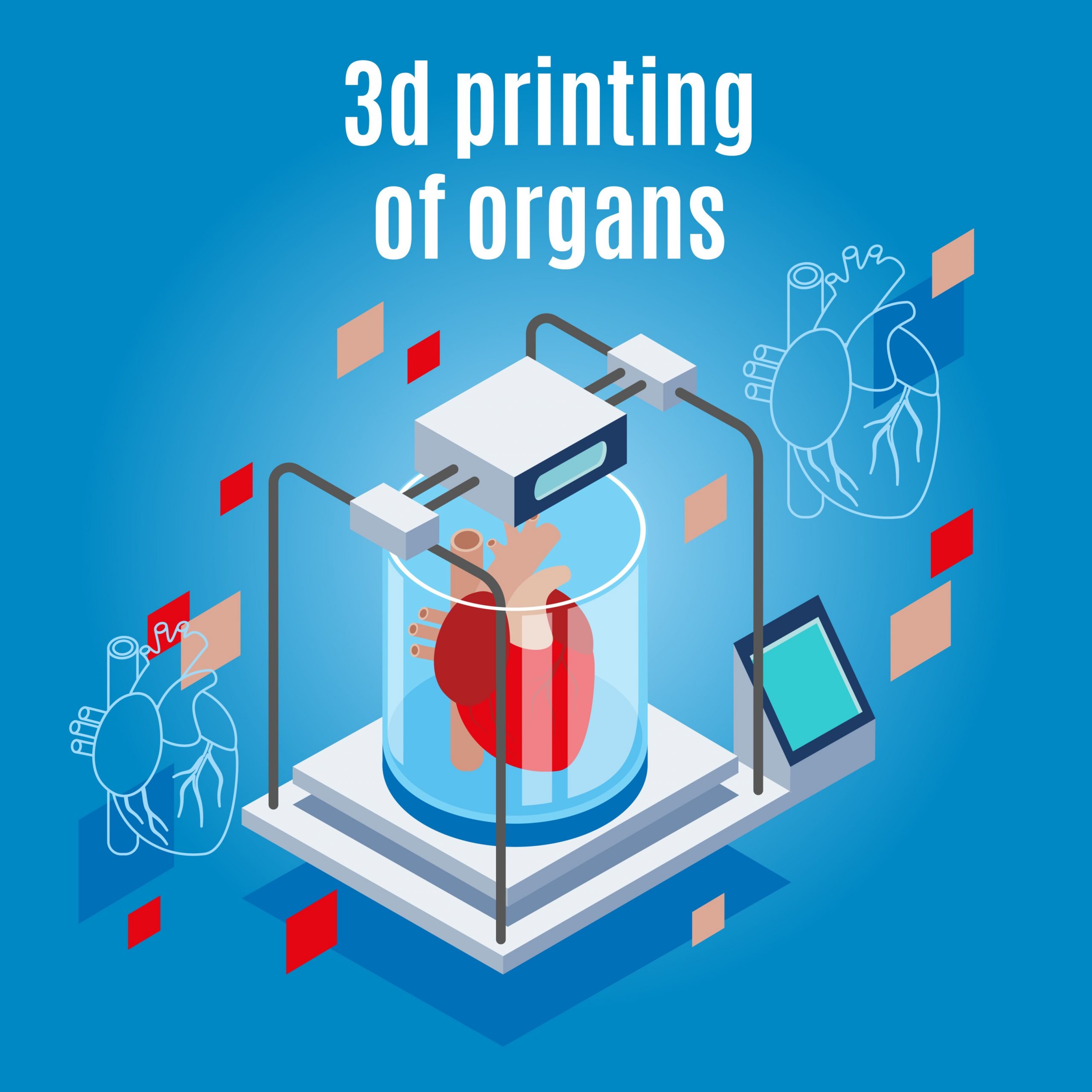
Pioneering 3D-Printed Tumors: A Game-Changer in Cancer Treatment and Research
Introduction to 3D-Printed Tumors for Cancer Treatment
3D-printed tumors represent a major advancement in cancer treatment. Doctors create these tumors from a patient’s own cells, offering a unique opportunity to test new cancer drugs and develop personalized treatment strategies. These models closely replicate a patient’s tumor, enabling more tailored therapies. This technology could transform how we treat cancer and bring new hope to patients fighting personalized cancer treatments, advanced cancer drug testing, and innovative tumor models.
How Do Doctors Create 3D-Printed Tumors for Cancer Therapy?
online pharmacy buy clenbuterol with best prices today in the USA
Creating 3D-printed tumors begins with doctors collecting a sample of the patient’s tumor cells. They grow these cells in a lab. Once the lab has enough cells, they use them to build a 3D tumor model of the cancer. This model closely resembles the actual tumor. Finally, doctors use a 3D printer to create a physical replica. They then use this model for drug testing platforms and cancer research studies.
Key Benefits of 3D-Printed Tumors in Cancer Treatment
3D-printed tumors offer numerous advantages that could change cancer care, including personalized treatment options and cost-effective cancer research.
Personalized Cancer Treatment for Effective Care
Doctors can test various treatments on a 3D-printed replica made from the patient’s own cells. This allows them to target cancer more precisely and minimize unnecessary treatments and side effects, offering better customized cancer care for patients.
Drug Testing Platforms for Cancer Treatment Innovation
Before doctors administer new cancer drugs, they can test them on 3D-printed tumor models. This testing ensures the drugs are both safe and effective. Using these models helps speed up the drug approval process and provides better cancer drug development timelines.
Advancing Cancer Research with Realistic Models
Researchers can study 3D-printed tumors to understand cancer’s growth, spread, and response to treatment. These realistic models provide valuable insights that can lead to the development of better therapies and improve cancer treatment outcomes.
Cost-Effective and Faster Cancer Research
3D-printed tumors eliminate the need for animal testing, reducing both the cost and time of cancer research. This makes developing new treatments faster and more affordable, improving the cost-effectiveness of cancer drug testing.
Availability of 3D-Printed Tumors in India
Currently, Indian hospitals and research centers do not widely use 3D-printed tumors. However, a few have started adopting the technology. As more research is done, it will likely become more available.
In the future, Indian patients may benefit from personalized cancer treatments made possible by 3D-printed tumors, especially in advanced cancer treatment centers.
The Future of 3D-Printed Tumors in Cancer Care
The future of 3D-printed tumors looks very promising. More hospitals will likely adopt this technology, allowing doctors to create individualized treatment plans. Testing new drugs on 3D tumor models will speed up drug development and bring life-saving cancer treatments to patients faster. This could lead to faster cancer drug approval and revolutionize cancer care, especially for hard-to-treat cancers.
What Indian Patients Need to Know About 3D-Printed Tumors
Indian patients interested in 3D-printed tumors should consult with their doctors. Healthcare providers can direct them to hospitals or research centers using this technology. Although 3D-printed tumors are still in development, they offer hope for better cancer treatment. Patients should know that researchers are still studying their long-term safety and effectiveness, but the potential for improved treatment is great.
Indian healthcare providers can help patients find the best cancer treatment options available.
Conclusion: A New Era in Cancer Treatment with 3D-Printed Tumors
3D-printed tumors offer a new approach to cancer treatment. They allow doctors to develop personalized therapies, test drugs more accurately, and speed up the creation of new treatments. Though in early stages, this technology shows great promise. As it progresses, 3D-printed tumor technology could revolutionize cancer care, making treatments more effective and accessible worldwide, especially in India, helping Indian cancer patients find better treatment solutions.
For More Information Click here


